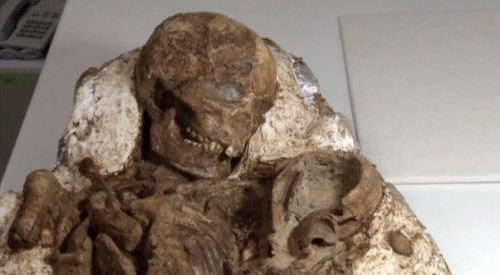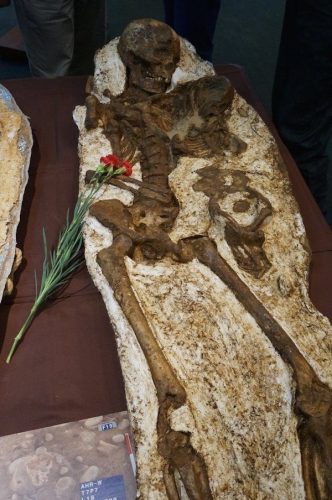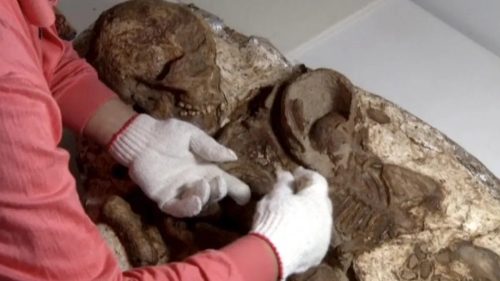
Archaeology has a unique way of unveiling the mysteries of the past, offering us a glimpse into the lives of our ancestors. In recent years, a remarkable discovery has shed light on the maternal care practices of prehistoric societies. The unearthing of a 4,800-year-old skeleton of a mother nursing her child has provided invaluable insights into the lives of these ancient people, their culture, and the bonds between mothers and infants. This article delves into the significance of this discovery and what it tells us about maternal care practices in prehistoric times.
The Archaeological Discovery
The discovery in question occurred at an archaeological site that dates back to approximately 2800 BCE, in what is now modern-day Taiwan. Archaeologists unearthed the remains of a mother cradling an infant in her arms, providing a poignant and touching snapshot of prehistoric life. The preservation of these skeletons has allowed scientists to analyze various aspects of their lives.
Health and Nutrition
One of the primary areas of study is the health and nutrition of the mother and child. Through careful examination of the bones, researchers have been able to assess their overall health, diet, and physical condition. What they found was that both the mother and child showed signs of good health, indicating that they likely had access to an adequate and nutritious diet. This finding challenges the assumption that prehistoric societies were riddled with malnutrition and poor health.

Maternal Care Practices
The positioning of the mother’s skeleton, cradling her child, has offered valuable insights into maternal care practices of the time. It suggests a deep and caring bond between mother and infant, highlighting the importance of maternal care in prehistoric societies. The act of nursing is a universal maternal behavior, and this discovery provides evidence of its existence in ancient cultures.
Cultural Significance
Beyond the scientific insights, the discovery carries cultural significance. It raises questions about the beliefs and rituals surrounding death and burial in prehistoric societies. Was the positioning of the mother and child intentional? Did it hold special cultural or spiritual significance? These are questions that archaeologists are eager to explore further.
Family Dynamics
The presence of a mother and child burial also provides clues about family dynamics in prehistoric societies. It suggests that family units and maternal roles were essential components of their communities. This challenges previous assumptions that prehistoric societies were solely focused on survival and lacked the complex social structures we associate with more recent civilizations.
Lessons from the Past

Understanding maternal care practices in prehistoric societies is not only a matter of historical curiosity but also holds relevance in the present. It reminds us of the timeless importance of maternal care, the bonds between mothers and infants, and the role of women in shaping early human societies. These insights can inform our understanding of contemporary parenting practices and the value of nurturing and caregiving in human evolution.
The discovery of the 4,800-year-old nursing mother skeleton is a testament to the power of archaeology in unraveling the mysteries of the past. It offers a window into the lives of prehistoric people, revealing their health, cultural practices, and the profound bond between mothers and infants. This find challenges conventional wisdom and invites us to reevaluate our perceptions of ancient societies. Ultimately, it underscores the enduring importance of maternal care in human history, reminding us that some aspects of human nature are truly timeless.






